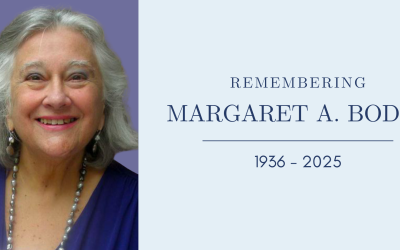Welcome to CogSci Unpacked, an exciting blog series dedicated to summarizing academic papers from the Cognitive Science, a CSS Journal. Our goal is to bridge the gap between academia and the broader public, fostering a better understanding of cognitive science and making it accessible and relatable to all. If you’re curious to dive even deeper, we invite you to explore the full academic paper.
Have you ever wondered if the meanings that our brains represent when we communicate via language can be connected to the logical rules we use? In what way are the logical rules of meaning in human language related to what we have in our heads?
Let’s come to think of these questions. Meaning in human language appears to have both patterns of logical rules and mental structures lodged in our brains. On one hand, formal-logical rules of human language meaning are not properties of brain structures. Hence, they are independent of the brain because their validity depends solely on logical patterns of inferences. For instance, if we say that someone went to New York by flight, it logically follows that that person went to New York. This type of inference does not come from any facts about the brain. On the other hand, the things that we represent in our heads when we convey meanings in communication are ultimately brain structures. The meaning representation that we create in our heads and convey when referring to the spatial location of children in a sentence such as ‘The children are in the park’ is actually a pattern of brain structures. Clearly, tensions exist between the two aspects of linguistic meaning. These two distinct aspects of linguistic meaning appear to relate to two different kinds of things—logical-mathematical aspects of linguistic meaning seem to exist independently of what we represent in our heads in or through what we convey via language.
Our recent paper published in Cognitive Science suggests these two aspects of meaning in language are more intimately connected than we might think. The paper shows that these two otherwise distinct aspects of linguistic meaning are like two sides of the same coin. Just like changing the rules of a game changes how you play, changing the logical rules of meaning in language affects the way our brains represent meanings. In this sense, they are shown to be representationally the same thing. In other words, the logical patterns of linguistic meaning and what these logical patterns map on to in the brain are one and the same thing. This is exactly what the paper demonstrates through a series of mathematical derivations. There may be ideological differences between the theoretical approaches associated with these two distinct aspects of linguistic meaning. But if we keep them aside, there are also compelling grounds on which the tensions between these two aspects of linguistic meaning cannot be maintained. Simply speaking, the divergence between them dissolves. That is mainly because the postulated unity has consequences for the very nature of linguistic meaning. If we zoom in on the methods scholars working with these different approaches apply, the paper shows that the actual practices in both cases involve testing hypotheses for validation against psychological data. Hypotheses about linguistic meaning under both approaches need to be verified against humans’ judgments, intuitions, reaction times and the like. Then there are empirical findings that support the conclusion that the two distinct aspects of meaning boil down to the same mathematical structure, that is, map-like structures that can be described by vectors (Covington & Duff 2016; Piai et al. 2016; Stoewer et al., 2022). Finally, we need to see if the unification explains the stuff children bring to language learning. Insights from the learning of human language also strongly indicate that logical-mathematical patterns and mental structures of linguistic meaning are mutually linked, connected and so integrated—children acquire aspects of meaning when the latter is seen as being rooted in the former and vice versa. For instance, how children flip the truth of a statement in expressing negation (saying ‘This is not a ball’ alters/flips the truth of ‘This is a ball’) is connected to the understanding of negation in children’s acts of expression of refusal/rejection and nonexistence that are often expressed via bodily gestures, actions and so on.
Interestingly, it turns out that the unified form of meaning in human language is also related to brain representations and dynamics at different levels/scales. This is contextualized in the backdrop of theorizing in cognitive science, in that formal-symbolic representations of human language meaning at higher levels of cognition are gradually connected to the realization of linguistic meaning in brain networks and dynamics at lower scales.
References
Covington, N. V., & Duff, M. C. (2016). Expanding the language network: Direct contributions from the hippocampus. Trends Cognitive Sciences, 20, 869–870.
Piai, V., Anderson, K. L., Lin, J. J., Dewar, C., Parvizi, J., Dronkers, N. F., & Knight, R. T. (2016). Direct brain recordings reveal hippocampal rhythm underpinnings of language processing. Proceedings of the National Academy of Sciences of the United States of America, 113, 11366–11371.
Stoewer, P., Schlieker, C., Schilling, A., Metzner, C., Maier, A., & Krauss, P. (2022). Neural network based successor representations to form cognitive maps of space and language. Scientific Reports, 12, 11233. https://doi.org/10.1038/s41598-022-14916-1




